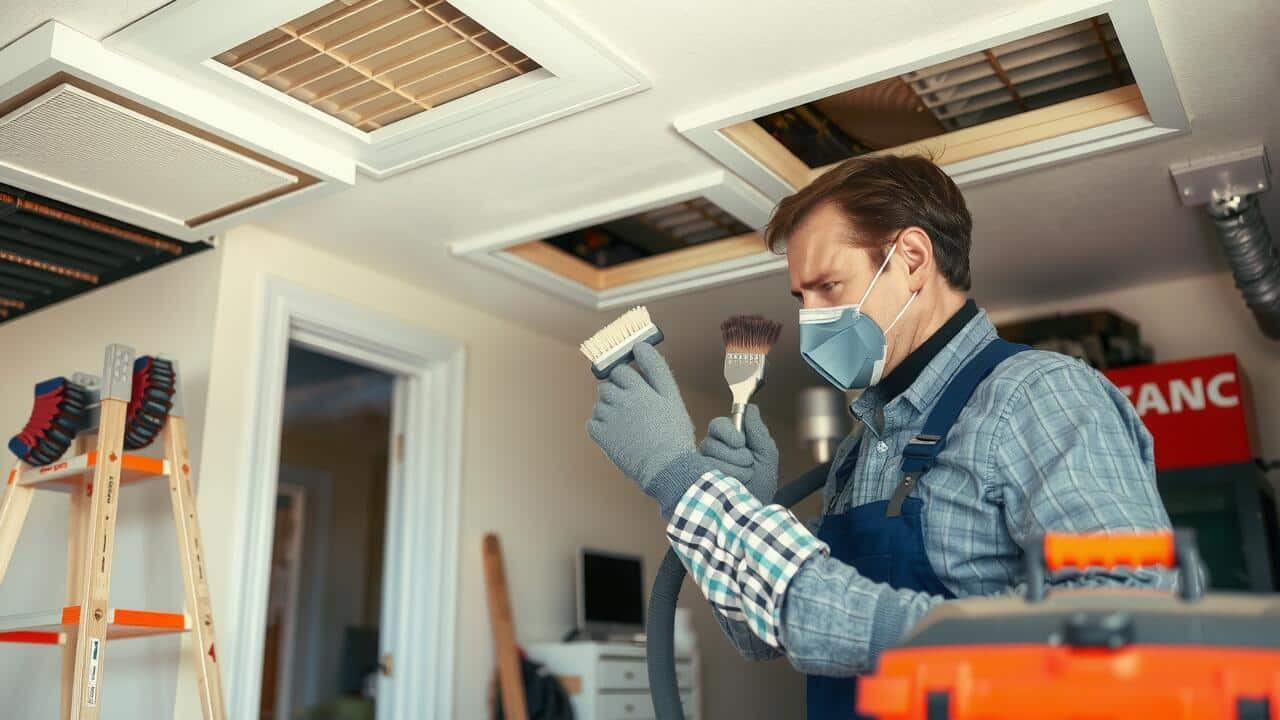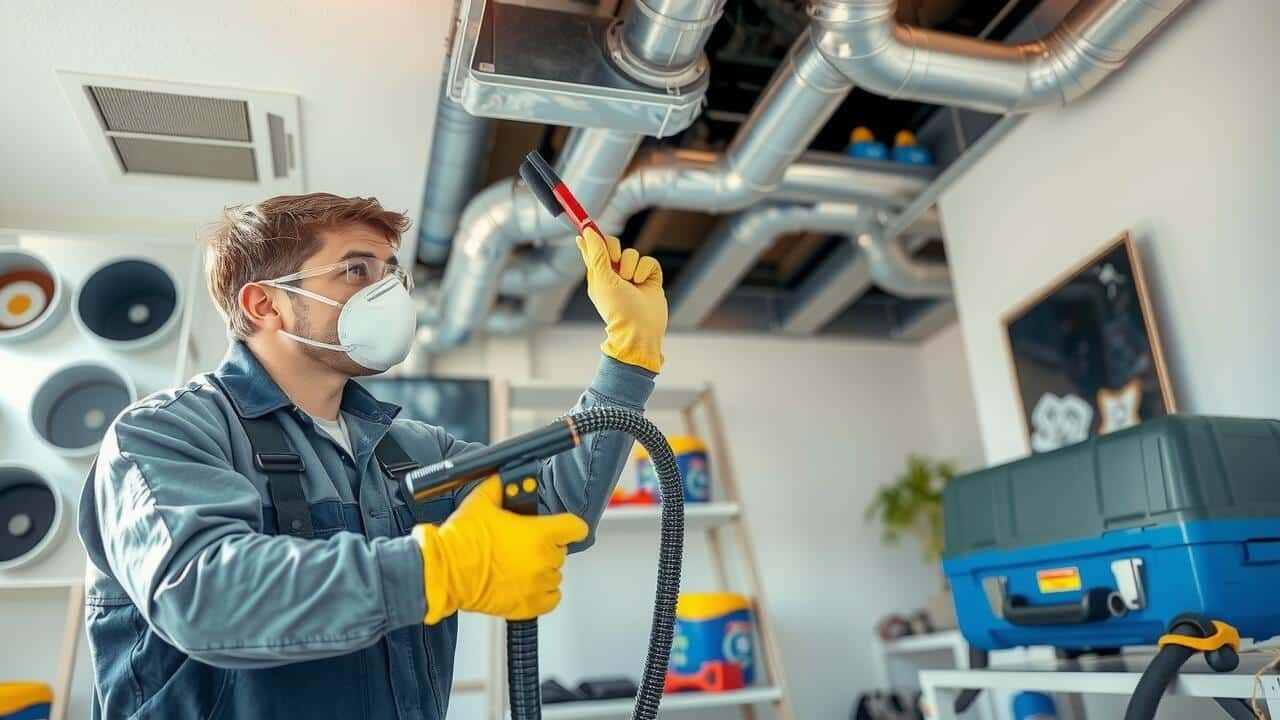
Table Of Contents
Limited Evidence of Benefits
The effectiveness of Air Duct Cleaning has been a subject of debate among experts and homeowners alike. While proponents argue that cleaning ducts can enhance indoor air quality, research supporting these claims remains limited. Studies often fail to demonstrate clear, measurable improvements in health or air quality after ducts have been cleaned. As a result, many are left questioning whether the benefits truly outweigh the costs and effort involved.
Many homeowners seek Air Duct Cleaning with the hope of eliminating contaminants and allergens from their environment. However, the lack of concrete evidence leads to skepticism regarding the necessity of such services. Without substantial research backing the benefits, individuals may find themselves unsure about investing time and money into duct cleaning when other solutions might prove more effective for maintaining a healthy indoor atmosphere.
Research on Duct Cleaning Efficacy
Many studies examining the efficacy of air duct cleaning have yielded inconsistent results, leading to ongoing debates about its true benefits. Some research suggests that while air duct cleaning may reduce dust accumulation and improve airflow, the impact on overall indoor air quality is often negligible. Moreover, these studies often emphasize the importance of regular maintenance and filtration systems over the necessity of duct cleaning itself.
A number of organizations, including the Environmental Protection Agency, acknowledge that air duct cleaning can help in certain situations, particularly when there is visible mold growth or significant rodent infestation. However, for most homes and commercial properties, the necessity and effectiveness of air duct cleaning remain questionable. Many experts recommend thorough visual inspections and regular replacements of filters as more reliable methods to maintain good indoor air quality.
Use of Harsh Chemicals
Many companies offering Air Duct Cleaning services may use harsh chemicals to eliminate dirt and contaminants within the ducts. These chemicals can pose potential health risks to occupants, especially if ventilation is poor. The use of these substances often raises concerns regarding their long-term effects on indoor air quality. Individuals with respiratory conditions or chemical sensitivities may experience exacerbated symptoms, leading to discomfort and health complications.
Additionally, the residues left behind after chemical application can linger in the air, affecting the overall environment of the home or building. It is important for consumers to inquire about the specific products used during Air Duct Cleaning and consider opting for services that prioritize eco-friendly alternatives. Ensuring that cleaning methods are safe and effective can help mitigate the unintended consequences of harsh chemical use.
Impact on Indoor Air Quality
Duct cleaning can sometimes lead to a temporary decline in indoor air quality. The process often stirs up dust and other particulates that have settled in your ductwork. If not managed properly, this disruption may result in these allergens being released back into your living space, potentially exacerbating respiratory issues for sensitive individuals.
Moreover, some duct cleaning services utilize harsh chemicals that may further compromise air quality. These substances can linger in the air long after the cleaning has been completed. Homeowners might find themselves exposed to volatile organic compounds (VOCs) that could lead to headaches, irritation, or other health concerns. Balancing the benefits of air duct cleaning with its potential effects on air quality is crucial for informed decision-making.
Time-Consuming Process
Air Duct Cleaning can often require a significant investment of time, depending on the size and complexity of the HVAC system. Technicians need to carefully inspect and clean each component, including ducts, grilles, and blower motors, which can be a detailed process. This thorough approach helps to ensure that the system is functioning effectively, but the time involved can deter homeowners from scheduling services regularly.
Moreover, the time-consuming nature of Air Duct Cleaning can lead to operational downtime for heating or cooling systems. Homeowners may experience discomfort during the cleaning process, especially in extreme weather conditions. Planning ahead for this downtime is essential, as it may disrupt daily routines while also adding to the overall investment in home maintenance.
Scheduling and Downtime Considerations
Scheduling air duct cleaning can be a logistical challenge for homeowners and businesses alike. Many people may find it difficult to coordinate the service with their daily routines. Whether it’s accommodating work schedules or managing family commitments, planning for duct cleaning can require significant foresight.
Additionally, the process may lead to temporary downtime in HVAC functionality. While air duct cleaning is underway, heating and cooling systems may be offline, impacting comfort levels in the space. This interruption may be particularly inconvenient during extreme weather conditions, making it essential to carefully consider timing when planning for air duct cleaning services.
FAQS
What are the main drawbacks of duct cleaning?
The main drawbacks of duct cleaning include limited evidence of its benefits, the use of harsh chemicals that can impact indoor air quality, and the time-consuming nature of the process, which may lead to scheduling and downtime considerations.
Is there scientific research supporting the effectiveness of duct cleaning?
Research on duct cleaning efficacy has shown limited scientific evidence supporting significant benefits, suggesting that while it may help in certain situations, it is not universally effective for improving indoor air quality.
Can duct cleaning negatively affect indoor air quality?
Yes, some duct cleaning processes involve the use of harsh chemicals and cleaning agents that can temporarily worsen indoor air quality, especially if not properly ventilated during and after the cleaning.
How long does a typical duct cleaning process take?
The duration of a duct cleaning process can vary based on the size of the system and the level of contamination, but it is generally a time-consuming task that may require several hours to complete.
Are there any scheduling considerations I should be aware of before duct cleaning?
Yes, scheduling duct cleaning may require planning for downtime, as the process can disrupt normal activities in your home or business. It’s advisable to choose a time when the disruption will be minimized.
